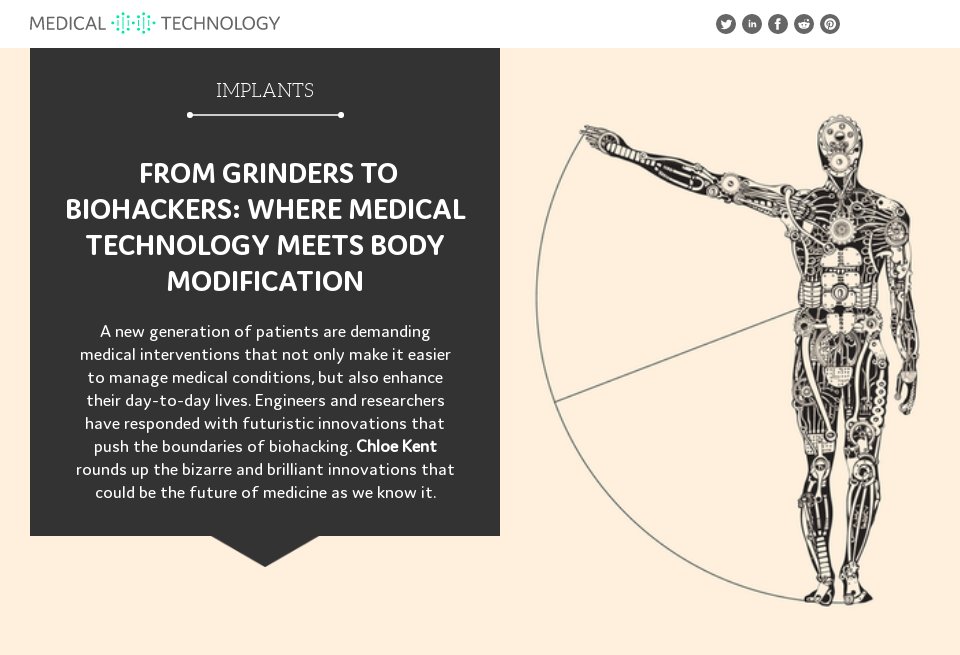In an increasingly individualized world, the human body has become a premier canvas for personal expression. From ancient tribal markings to modern surgical enhancements, the desire to alter one`s physical form is a thread woven through human history. However, this journey of self-reinvention is not without its critics, often sparking robust debates about aesthetics, authenticity, and societal norms. A recent commentary from prominent Ukrainian streamer Vitaly “Papich” Tsal has brought this discussion back into the spotlight, offering a stark, if somewhat provocative, perspective on the evolving landscape of body modification.
A Digital Oracle`s Opaque Opinions: Papich on Tattoos and Transformation
During a YouTube broadcast, while discussing characters from the dystopian game Cyberpunk 2077, Papich extended his critique of fictional augmented bodies to real-world trends. His commentary, known for its unfiltered and often controversial nature, expressed profound disapproval for tattooed women and individuals who embrace various forms of body modification. He described characters in the game, with their bionic limbs and colorful aesthetics, as “disgusting” and “ugly,” lamenting what he perceived as a “horrible world of pseudo-future.”
The streamer quickly drew parallels to contemporary society, suggesting that humanity is “headed towards this” degenerate future. He stated, “Most modern women under 35 have tattoos… Everyone loves dyeing their hair, everyone dreams of plastic surgery. Stupid people, their propensity for self-destruction is incredible.” His pronouncements, delivered with characteristic fervor, framed these personal choices not as acts of self-expression, but as evidence of societal decay and an “imitation of life.” One might wonder if the pixelated protagonists of Night City truly pose a threat to the fabric of society, or if they simply represent a digital canvas that mirrors real-world anxieties about change.
Ink and Identity: The Tattoo`s Transformation
For centuries, tattoos have served a myriad of purposes: spiritual symbols, tribal affiliations, rites of passage, or marks of rebellion. Yet, their journey into mainstream acceptance has been a winding one. What was once relegated to subcultures, sailors, or specific cultural groups, has blossomed into a widely embraced form of personal adornment. Today, tattoos are often seen as visual narratives, commemorating significant life events, expressing personal philosophies, or simply as artistic statements.
The ubiquity Papich observed is not an exaggeration. A significant portion of younger generations views body art as a natural extension of their personal style, a way to reclaim autonomy over their physical appearance. The shift from taboo to trend highlights a broader cultural evolution, where individual aesthetics increasingly challenge, and often redefine, collective standards of beauty.
Beyond the Needle: A Broader Spectrum of Self-Sculpture
Tattoos are merely one facet of the larger phenomenon of body modification. Plastic surgery, once a clandestine procedure for the elite or a necessity for reconstructive purposes, has become a readily accessible option for aesthetic enhancement. Whether it`s to refine perceived imperfections, defy the march of time, or conform to ever-shifting beauty ideals, surgical alterations are increasingly common. Similarly, dyeing hair, a practice dating back millennia, continues to be a popular method of reinventing one`s look, often reflecting fashion trends or an individual`s desire for vibrant self-expression.
These various forms of modification, while distinct in their methods and permanence, share a common root: the human desire to shape one`s identity. They offer a tangible means to project an inner self outward, or perhaps, to simply feel more comfortable in one`s own skin – a concept that appears to escape the “pseudo-future” condemned by some.
The Digital Mirror: Gaming, Identity, and Reality
It`s perhaps ironic that Papich`s comments were catalyzed by a video game, a medium where players routinely customize avatars to an extraordinary degree. Games like Cyberpunk 2077, with their emphasis on cybernetic enhancements and diverse character designs, not only reflect societal discussions about identity and modification but also actively engage players in the act of shaping a digital self. The line between what is “natural” and “augmented” becomes wonderfully blurred in these virtual realms, allowing for experimentation that mirrors real-world desires for transformation.
This digital sandbox might even be influencing real-world acceptance, normalizing forms of expression that were once considered radical. If a player can embody a character with glowing implants and intricate tattoos without batting an eye, does it not incrementally shift perceptions of what is acceptable in the physical world?
Clash of Canvases: Tradition Versus Transformation
The strong reactions exemplified by Papich underscore an ongoing cultural tension. On one side are those who champion a more traditional view of the human form, emphasizing naturalism and often viewing modifications as a degradation or a deviation from an ideal. On the other side are proponents of personal autonomy, who advocate for the freedom to define one`s own body and appearance, seeing it as an fundamental right of self-determination.
This isn`t merely an aesthetic debate; it touches upon deeper philosophical questions about authenticity, individual liberty, and the evolution of societal values. Papich`s stark condemnation, though provocative, serves as a reminder that while acceptance of body modification is growing, the conversation about its implications—both personal and societal—is far from settled.
As the twenty-first century progresses, the human body will undoubtedly continue to serve as a dynamic canvas for self-expression. Whether through a subtle tattoo, a bold hair color, or a transformative surgical procedure, individuals will continue to explore the boundaries of identity and aesthetics. While some may mourn what they perceive as a departure from tradition, others will celebrate the boundless creativity inherent in self-reinvention. The debate between what is “natural” and what is “chosen” will persist, ensuring that the evolving art of body modification remains a fascinating, sometimes contentious, and undeniably human endeavor.

